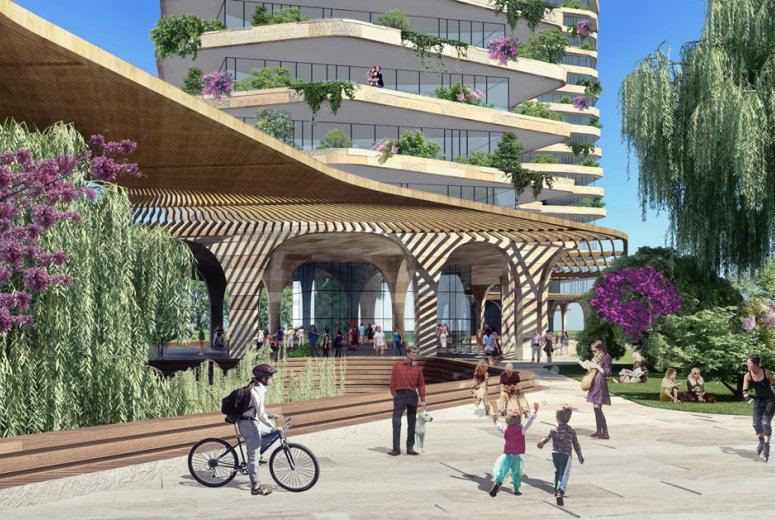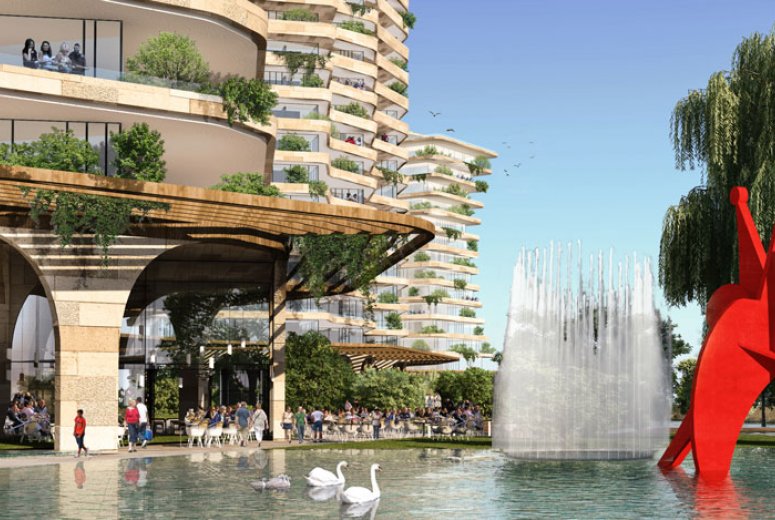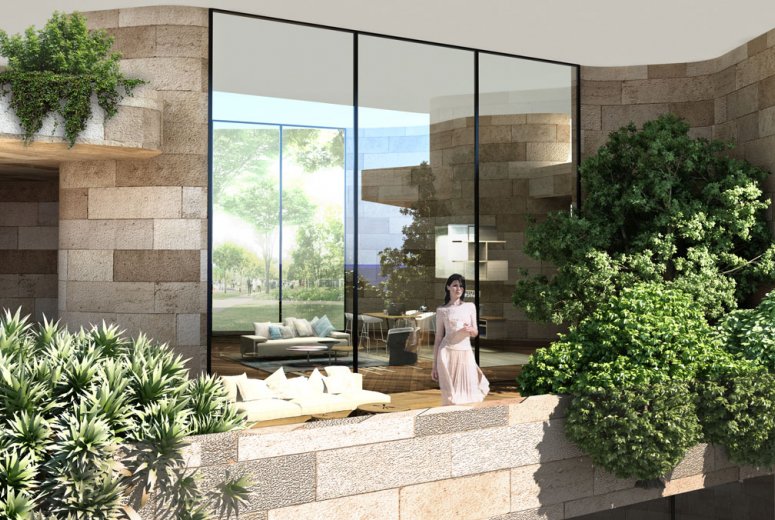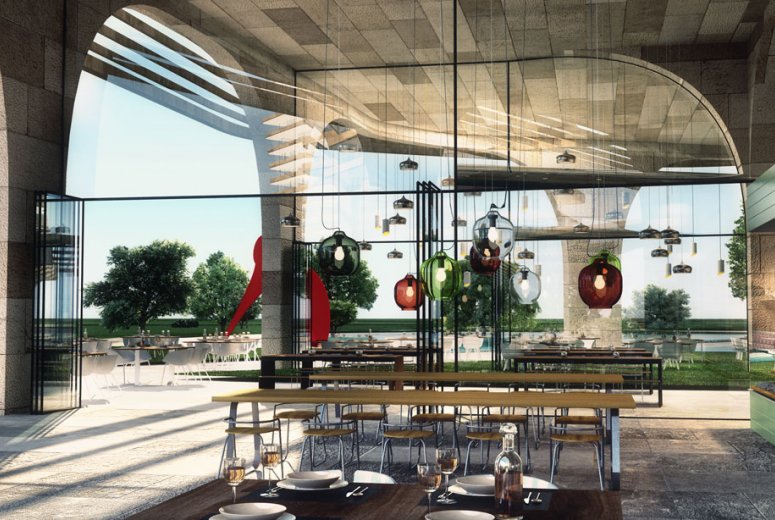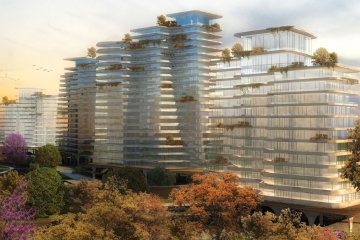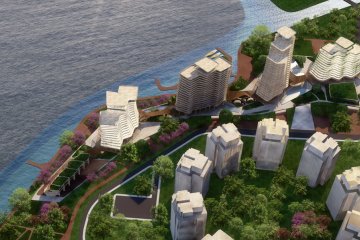MVS Residences / Izmir / Turkey
MVS Residences / Izmir
Location:
Turkey
Turkey
Architectural Project & Design:
Gokhan Avcioglu & GAD
Gokhan Avcioglu & GAD
Project Team:
Semih Acar, Aysu Aysoy
Semih Acar, Aysu Aysoy
Building Type:
Residential
Residential
Construction Area:
120000 m2
120000 m2
Project Site Area:
75500 m2
75500 m2
Year:
2014
2014
Status:
Study
Study
Izmir is a large metropolis in the western extremity of Anatolia and the third most populous city in Turkey. The Izmir metropolitan area extends along the outlying waters of the Gulf of İzmir and inland to the north across Gediz River's delta, to the east along an alluvial plain created by several small streams and to a slightly more rugged terrain in the south. The ancient city was known as Smyrna.
İzmir has almost 3,500 years of recorded urban history and possibly even longer as an advanced human settlement. Lying on an advantageous location at the head of a gulf running down in a deep indentation midway on the western Anatolian coast, the city has been one of the principal mercantile cities of the Mediterranean Sea for much of its history. Its port is Turkey's primary port for exports in terms of the freight handled and its free zone.
The MVS Residences project is located in the metropolitan area of Izmir close to the north harbor area of Mavi Sehir (blue city) district. MVS Residences have an expansive view due to the location. The project is based on four different zones; four high rises with 300 residences; one low rise building with 30 residences; a commercial area underground and a platform with gardens, pools, restaurants and cafes.
Local Municipality regularities give an opportunity in order to design a project, which serves both public and private needs in a more efficient way. A platform at level +2.00 will connect the public and commercial spaces with the private residences.
The sea breeze is also an important element in cities having warm climate like Izmir, Beirut, Florida, and with this we can design self-sufficient buildings with natural ventilation. And also semi-closed balconies which are used ¾ of the year are one of the traditional elements of local buildings, because of the weather.



